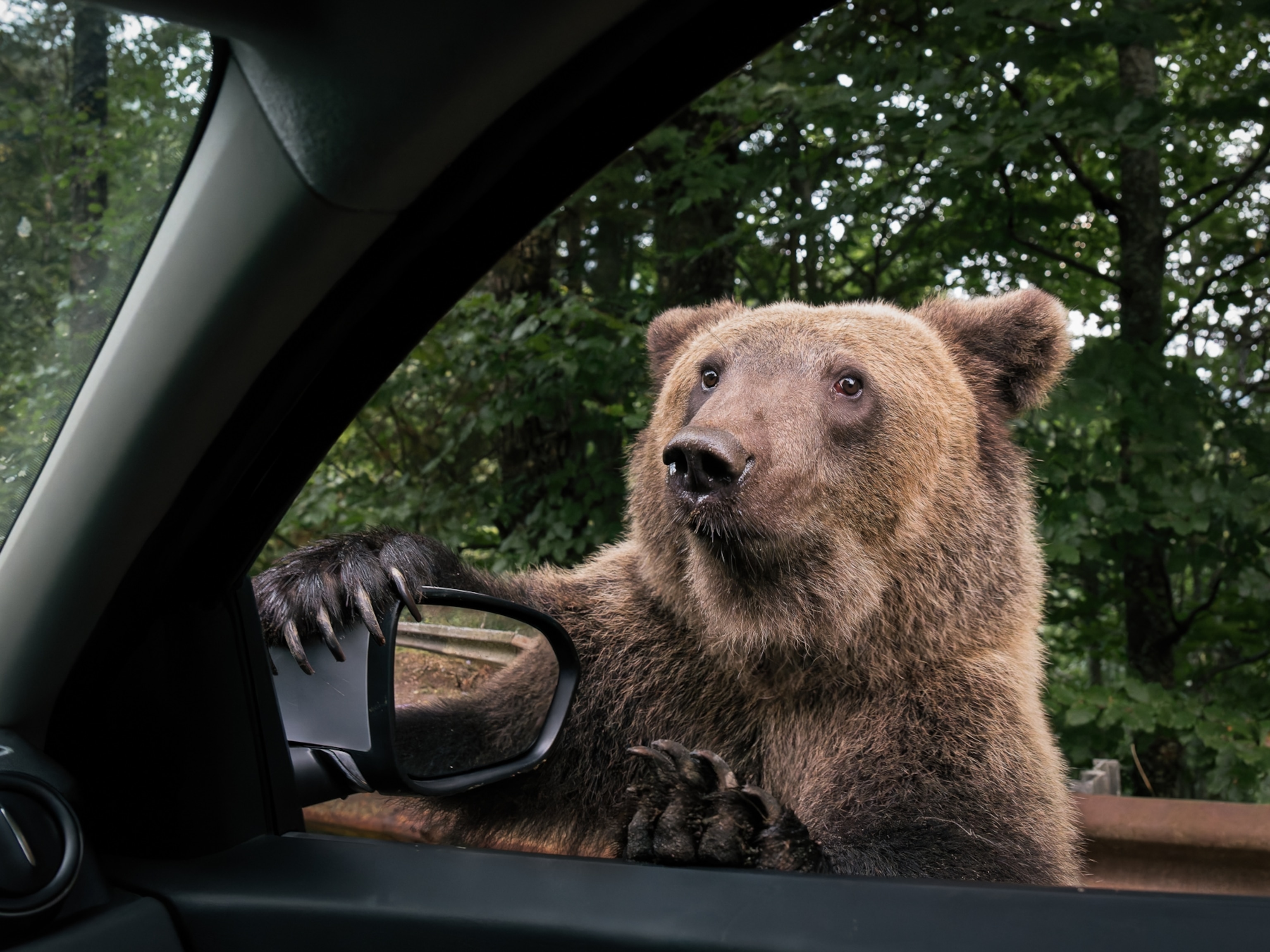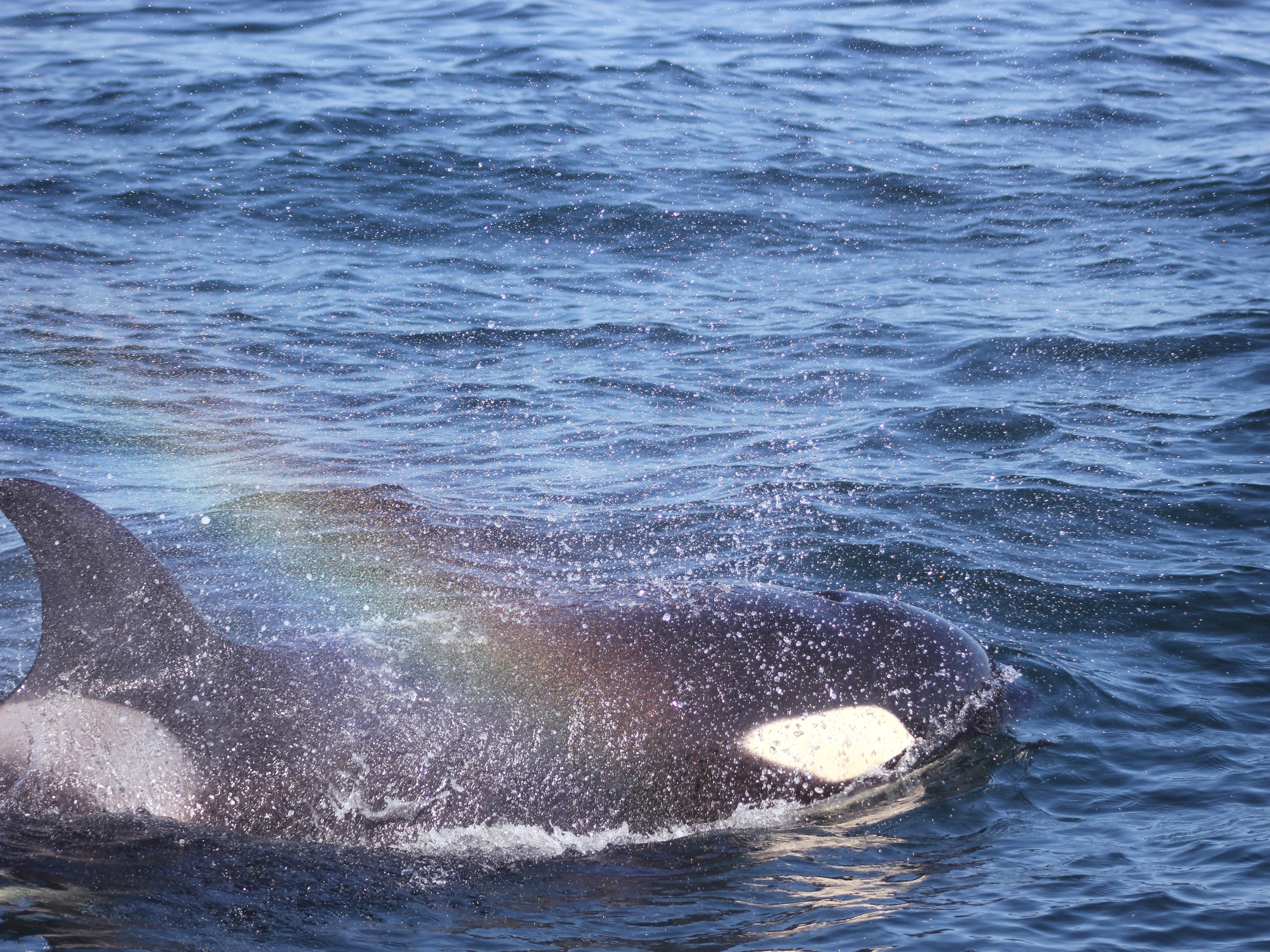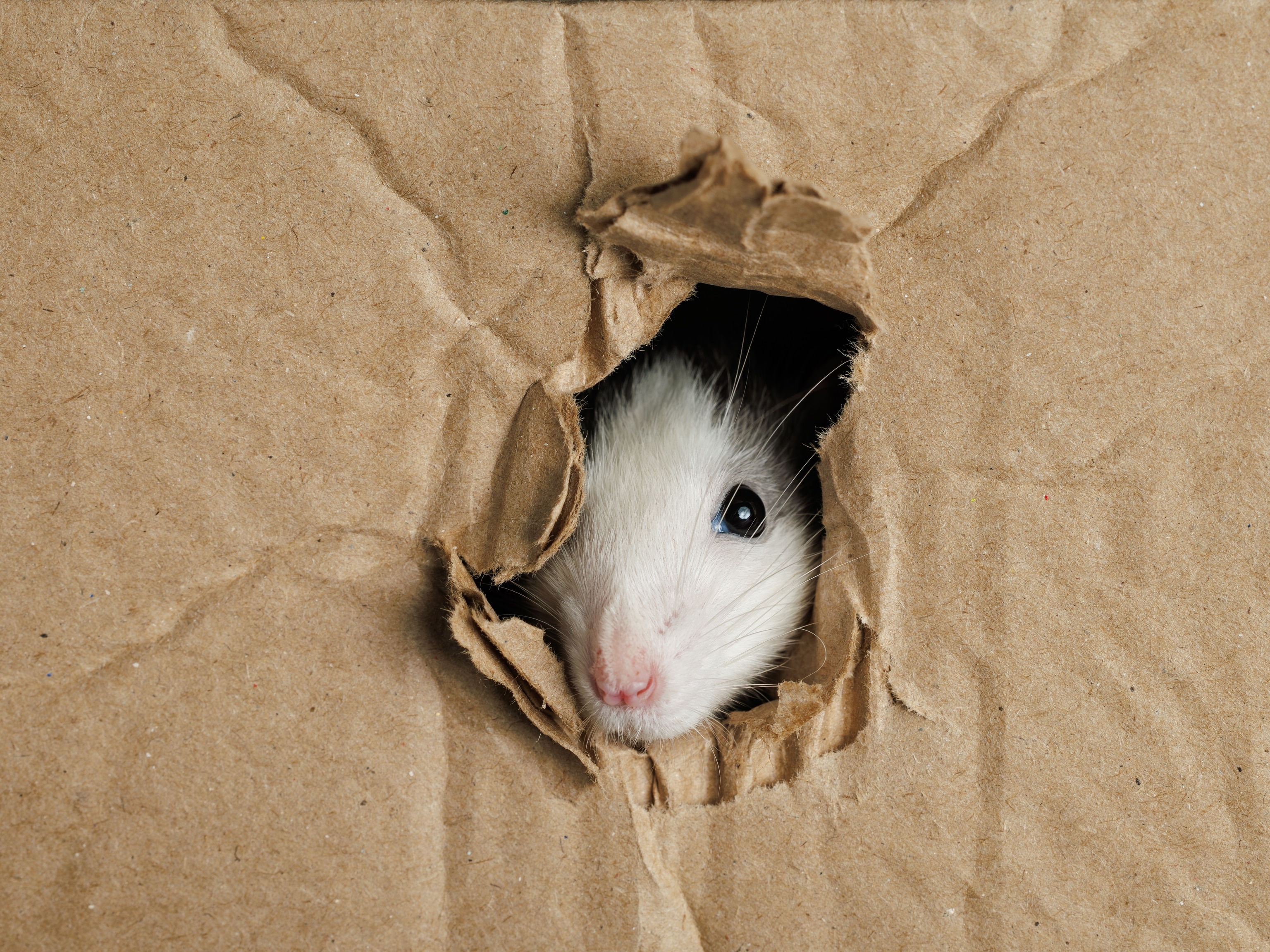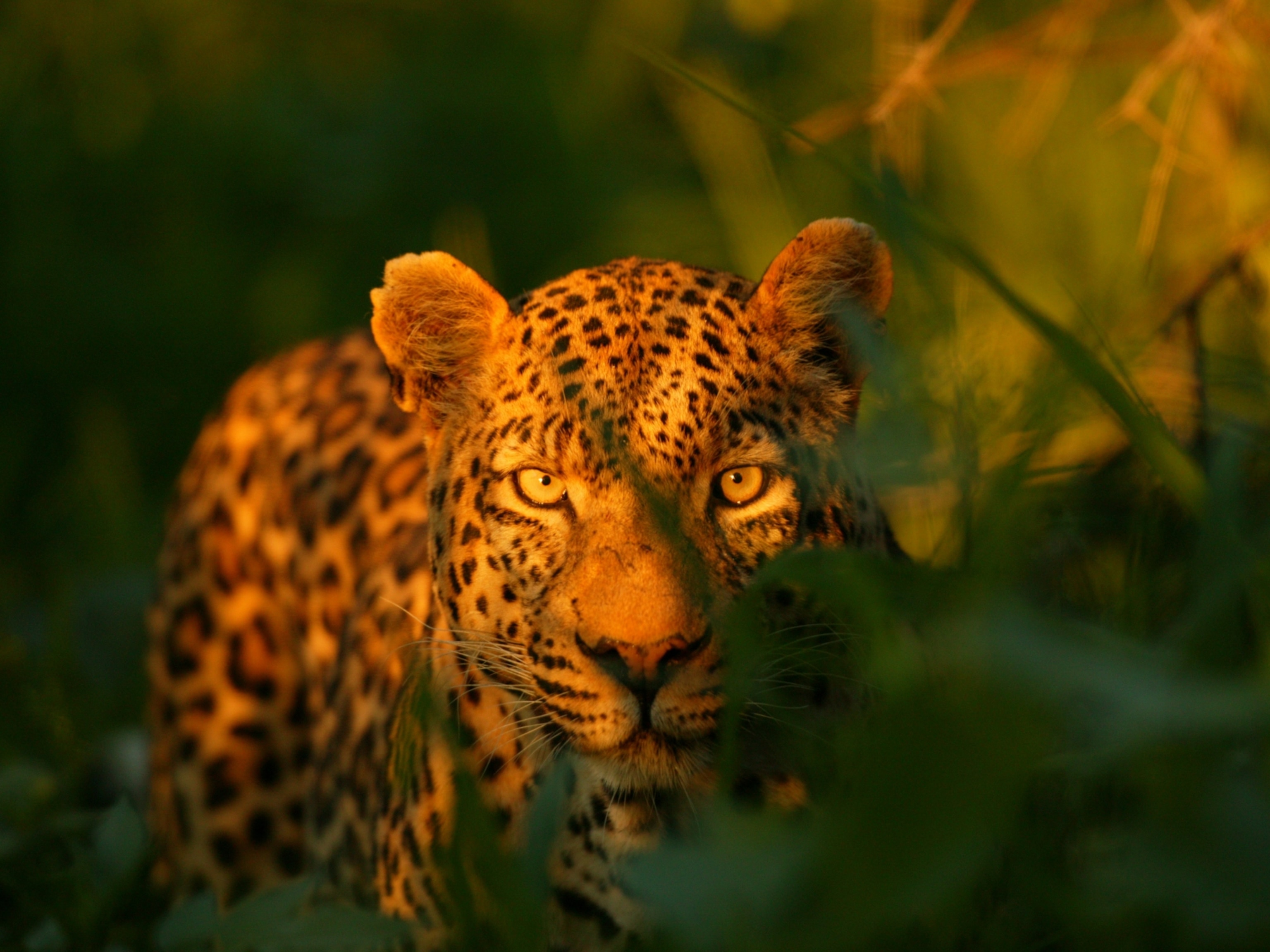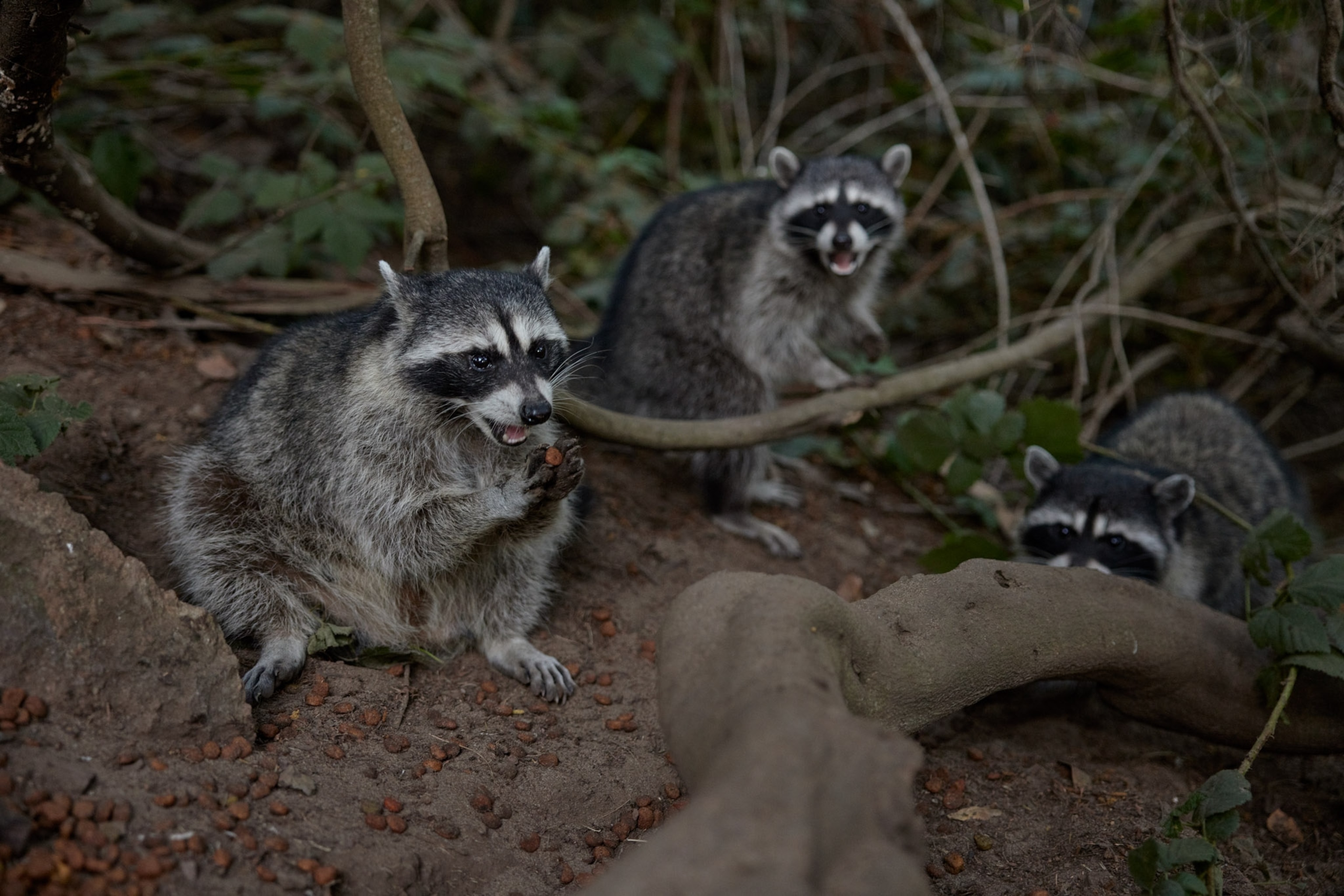
Even if you think raccoons are cute, feeding them is not
While it may seem like you’re helping, feeding wild raccoons may be ensuring their untimely deaths, experts say.
If you spend any time scrolling through TikTok, Instagram, or Facebook, you’ve probably seen viral videos of people feeding wild raccoons everything from marshmallows and hotdogs to Pop-Tarts and homemade lasagna.
But while the bandit-masked mammals appear fluffy and cute, experts warn that such videos lead down a dark path.
“It’s great that people want to have a connection with raccoons,” says Jeannine Fleegle, a wildlife biologist with the Pennsylvania Game Commission. “I so get that. I so understand that. But there are problems.”
For starters, feeding wildlife can quickly lead to habituation, or what scientists call it when animals start to become a little too cozy with people. And while the people doing the feeding may interpret the animal’s tame behavior with affection, that can quickly turn to violence. (Learn why you shouldn't feed wild animals—except possibly birds.)
“You may be okay with that raccoon, but your neighbor may not be, and raccoons don’t know the difference. They’re just going to associate people with food, and that’s a bad thing,” says Fleegle. “They can become aggressive, especially with a small person or a child. They can get aggressive with pets.”
And that’s just scratching the surface of why Fleegle calls feeding wild raccoons “one of the top-10 worst ideas you can have.”
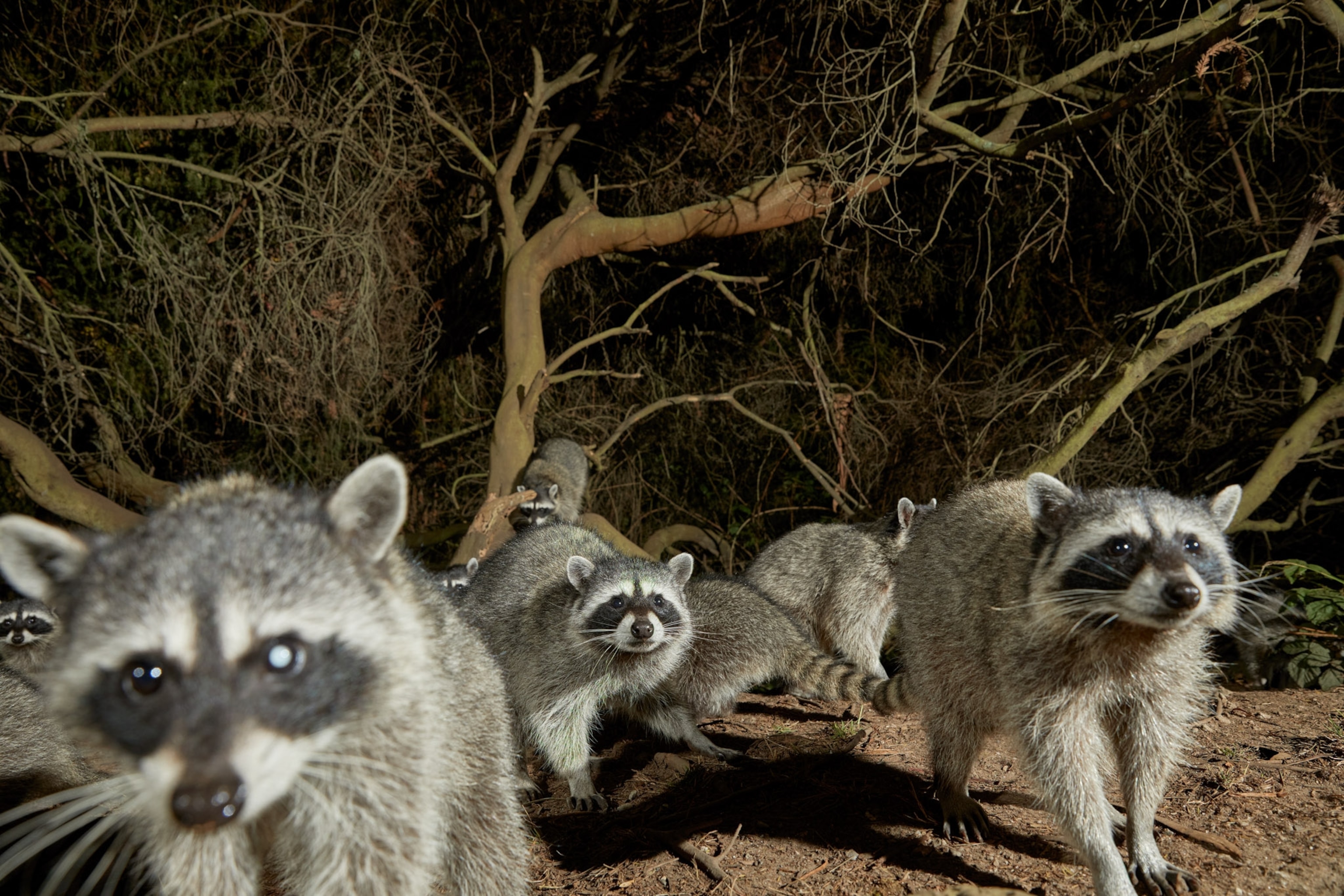
Diseases, competition, euthanasia, oh my!
With a powerful bite and sharp teeth, a raccoon snip on the finger or hand is more than enough to cause you harm. (Some raccoon bite videos have also gone viral.)
In fact, between 2001 and 2004, raccoon bites sent more than 1,300 Americans to the emergency room, according to one study.
But by far the bigger concern, with regard to any wild mammal bite, are the pathogens that could be transferred in the process.
“Raccoons have a lot of diseases that we can get, and so can our pets,” says Fleegle. “The big one, of course, is rabies. Rabies is a killer… but there's also parvovirus. There's distemper. There's roundworm. There's leptospirosis. I mean, I could go on and on.” (Related: “Inside the massive effort to tackle one of America’s greatest rabies threats”)
People and their pets aren’t the only ones at risk, either. When humans feed wildlife, it encourages animals to congregate in higher numbers than they would do so in nature. And this makes it more likely that the animals will spread infectious diseases to each other.
“Aggression and competition between animals is another problem,” says Fleegle, after watching a selection of raccoon-videos on TikTok. (Read how wild animals are learning to live in cities in surprisingly savvy ways.)
“Fighting can lead to injuries. These situations are stressful to the animals whether we think so or not. And stress suppresses the immune system, opening the door for illness that might not have otherwise been an issue.”
Doing more harm than good
Perhaps you’ve already considered all of these risks when deciding to feed wildlife, but just can’t bring yourself to let a wild animal go cold or hungry. But what you may not realize is that by trying to help, you may be doing more harm than good.

“Raccoons and other wildlife are built for survival, to withstand most anything Mother Nature can throw at them,” says Fleegle. “They’ve been working on this for millennia, and they do not need our help.”(Read more: “How raccoons became the ultimate urban survivors.”)
Furthermore, when the worst does happen, and a raccoon scratches or bites a person, the only way for wildlife managers or law enforcement to determine if that animal had rabies is to euthanize it and examine the brain.
“So, in the long run, are you really helping?” says Fleegle. “Because if something happens, you’re actually killing that animal."

